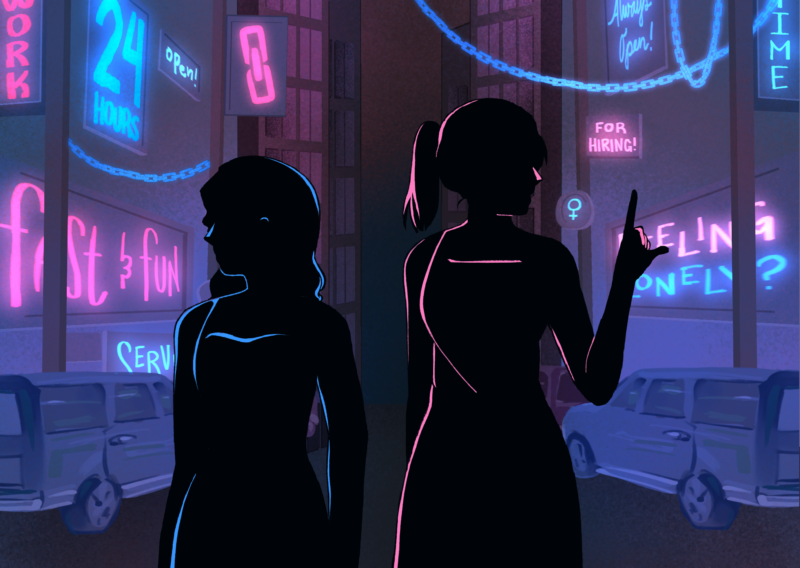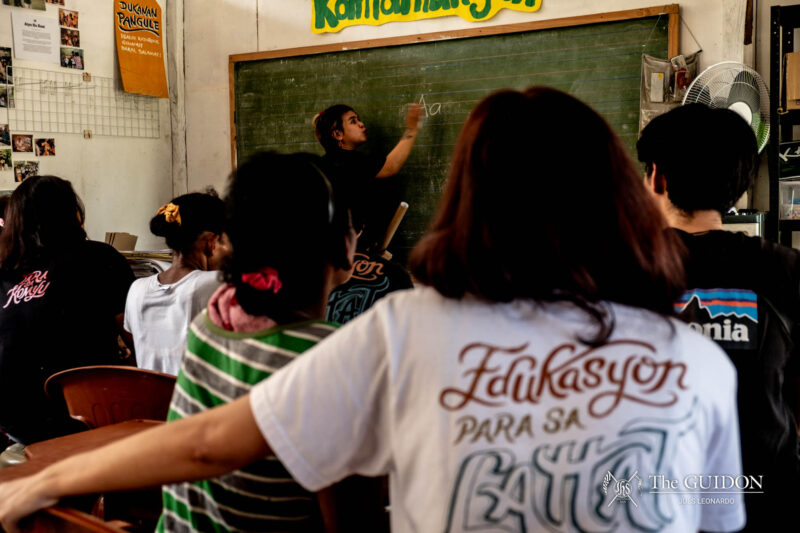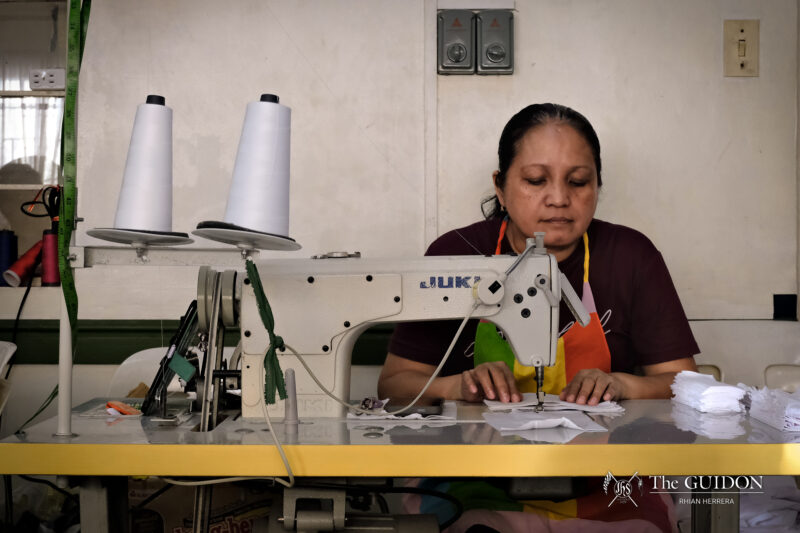Within the cities where global issues are abundant, microcinemas serve as safe havens for dialogue and platforms for showcasing overlooked social realities.
IN BUSTLING cities, stories from the margins are often overshadowed. However, within the limited seating of mini theaters is an abundance of narratives to tell.
With the Philippine film industry constantly evolving, cinema remains a vital medium for exploring diverse narratives. For independent filmmaker and local director Emilyn Loreno, the Safehouse Theater—one of only two microcinemas in her hometown of Bacolod City—serves as a platform to bring the stories from her homeland to the world.
Safe havens
With her work already featured at the Safehouse Theater, Loreno emphasizes the significant role of microcinemas in providing a space for locally made movies.
“Helpful yung mini theater na Safehouse para sa aming mga independent filmmakers. Kasi nga hindi nali-limit sa isang place lang yung film namin (The Safehouse mini-theater has been helpful for us as independent filmmakers. Our films are not limited to one place only),” Loreno says.
For years, Loreno has created short films that reflect her personal experiences in the province. This profound passion for film stems from her deep love for theater, her first avenue for storytelling.
Her former theater teacher in high school, Heidi Portal, was an early role model for Loreno, passionately sharing her love for the arts with her students despite limited resources. Loreno strives to mirror this dedication through her films, hoping to inspire the next generation of artists.
Beyond providing movie screenings, Safehouse Theater helps artists harness their passion by inviting potential producers to showings. These connections can create funding opportunities for independent filmmakers, enabling them to pursue their projects. For Loreno, this is the true mission of microcinemas: introducing local talents to a bigger stage.
While microcinemas play a crucial role in supporting artists, the lack of exposure remains a challenge, resulting in most grassroots stories often getting overlooked.
Loreno, however, is determined to share the untold narratives of her region. She believes microcinemas can diversify content, amplify local voices, and foster a deeper appreciation for the art of filmmaking.
“It’s also important for our [local] history […] to be preserved. They need to be told, and they need to be met by the audience” said Loreno in a mix of English and Filipino.
De-censoring on center stage
As more Filipino filmmakers emerge and local stories develop, microcinemas become increasingly relevant. While growing as spaces for budding artists, they also turn as venues for dissecting political narratives.
Independent filmmaker and Communication Department lecturer Jonathan “John” Torres understands firsthand the vital role of small-scale cinemas in the broader Philippine landscape.
“[Without microcinemas,] screenings of unauthorized films, politically-charged films, […] and experimental films […] otherwise won’t have any venue for distribution,” he explains. “Microcinemas can be a good venue to fight against censorship.”
The sensitive topics often explored in these films make running microcinemas a risky endeavor. As the founder and owner of home-based microcinema Los Otros, Torres shared instances where police officers arrived at a screening to disperse the audience and censor what was shown.
Yet, microcinemas continue to resist the pressure to conform to mainstream content, standing firm in their purpose to offer alternative narratives.
Torres describes this resolution as the beauty of the institution. Regardless of the nature of the topic being screened, microcinemas serve as a haven for untold realities—becoming a place wherein film, culture, and society can intersect and learn from each other.
Reeling from reality
Despite the public service microcinemas provide, their existence is threatened by a lack of support.
While their continuous survival reflects the unwavering dedication of those who sustain them, Torres reveals that their autonomous nature makes keeping afloat a constant struggle. Without external support, a simple passion for microcinemas is not sufficient to counter material and financial problems.
“A lot of it is really from the heart. We don’t really need to do it,” Torres confesses. “But for me, speaking as someone who does it without any funding, it’s more for us to gather around and talk.”
According to Torres, support from the government’s cultural agencies would be appreciated by microcinemas and the people behind them. However, he acknowledges that this funding could come with uncompromising conditions. Thus, they maintain their autonomy and provide support among themselves when in need.
Amid these existing and looming challenges, microcinemas have persisted, maintaining their role as chroniclers of realities. Torres remains optimistic about their future, believing that as long as they “find themselves in between the lines,” people will continue to frequent microcinemas to see beyond what is shown on the big screens.







